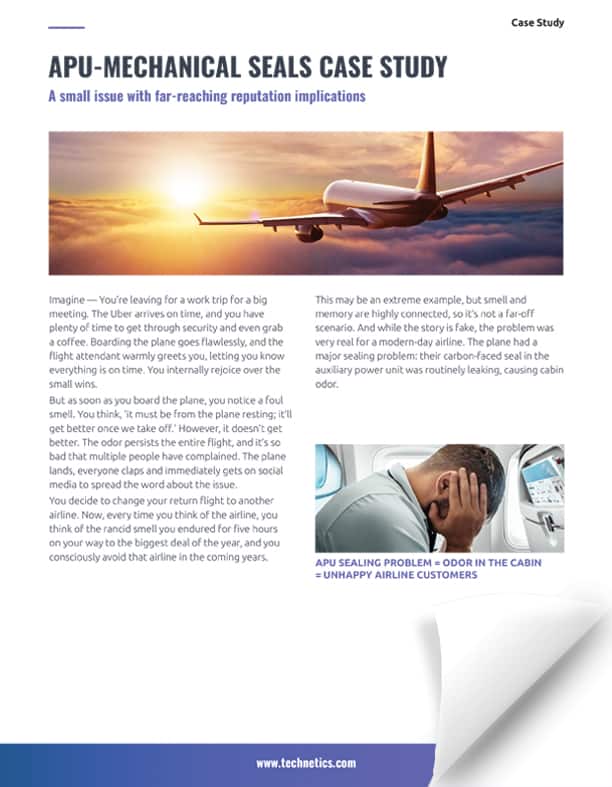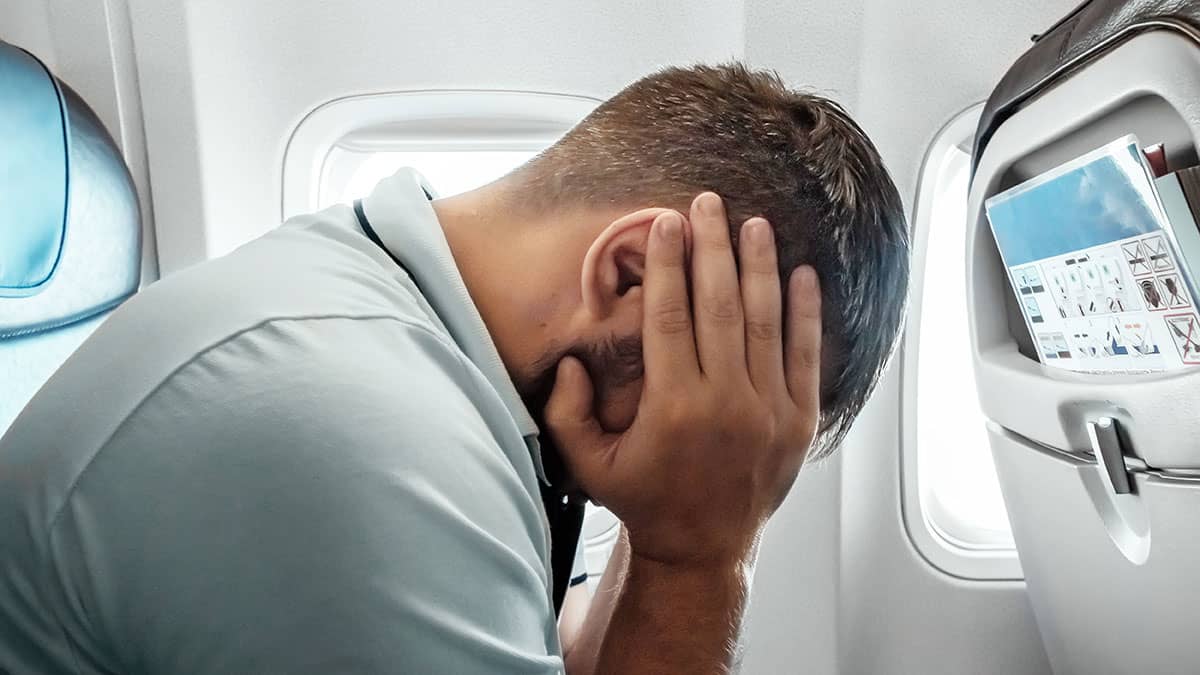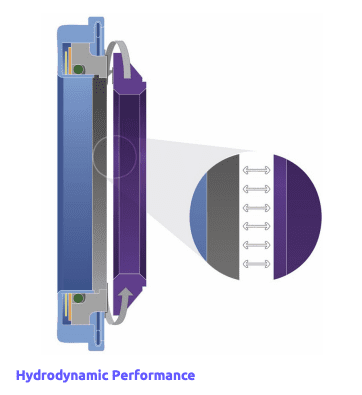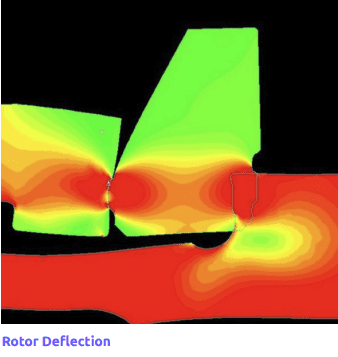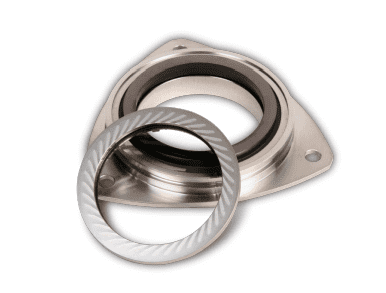APU Mechanical Seals Case Study
A Small Issue with Far-Reaching Reputation Implications
Imagine — You’re leaving for a work trip for a big meeting. The Uber arrives on time, and you have plenty of time to get through security and even grab a coffee. Boarding the plane goes flawlessly, and the flight attendant warmly greets you, letting you know everything is on time. You internally rejoice over the small wins.
But as soon as you board the plane, you notice a foul smell. You think, ‘it must be from the plane resting; it’ll get better once we take off.’ However, it doesn’t get better. The odor persists the entire flight, and it’s so bad that multiple people have complained. The plane lands, everyone claps and immediately gets on social media to spread the word about the issue.
You decide to change your return flight to another airline. Now, every time you think of the airline, you think of the rancid smell you endured for five hours on your way to the biggest deal of the year, and you consciously avoid that airline in the coming years.
This may be an extreme example, but smell and memory are highly connected, so it’s not a far-off scenario. And while the story is fake, the problem was very real for a modern-day airline. The plane had a major sealing problem: the carbon-face seal in the auxiliary power unit was routinely leaking, causing cabin odor.
Technetics — Turning Problems into Solutions
The airline first chose to confront the issue with a Technetics’ competitor to save costs. However, the competitor’s seal didn’t resolve the problem. So, why would this airline trust yet another seal solution provider? It’s simple: Our reliability and quality are unmatched.
Let us describe our rigorous and thorough solutions process —partnership, design, analysis, and testing — to explain how our solutions deliver the first time, every time.
Building trust.
By working directly and intimately with our customers, we focus on forming and maintaining trust throughout the entire process. We remain open, honest, and communicative while finding the perfect solution to meet your needs.
Designing the solution.
We gather any additional information needed to deliver a preliminary design, compliance matrix, and schedule through the design specs you provide. We use the compliance matrix to identify all the requirements and how each will be validated while the plan mitigates any high-risk design requirements. We keep the lines of communication open throughout the design process. Our strict adherence to the schedule ensures we allocate the necessary resources appropriately.
Analyzing the solution.
Our rigorous analysis process ensures the ideal outcome every time for our customers.
We first work to analyze the surrounding components, like operating environments, materials, configuration, and assembly. Using our FEA tool to review seal components, we can predict distortion effects, vibration, and seal face loads.
Through the analysis, we may suggest using a metal bellows as a secondary seal, which helps provide a spring force to keep the sealing faces closed during shutdown. This design helps improve stress analysis. We may perform additional testing where necessary to ensure we meet design requirements.
Next, we’ll determine if a contacting or non-contacting seal design is appropriate. For non-contacting seals, we use hydrodynamic face seal designs for high-speed applications that need low-pressure differential, like sealing small main-shaft locations. We’ll include lift-off speed and high-altitude condition predictions during this analysis stage. Other variables, such as film thickness and stiffness, are also considered.
Maintaining flatness is a crucial element of good hydrodynamic performance. We also investigate rotor deflection by ensuring the face seal designs maintain flatness and lubrication while managing deflections.
Finally, our engineers will analyze the leakage and seal life. While lubrication film is required to maintain face temperature by cooling the interface, it also allows unwanted leakage. This step was essential for this airline’s case since leakage could cause the solution to fail. However, our design toolkit can predict the leakage rate and heat generation, which also helps estimate the seal life.
Testing the solution.
After the prototyping phase and we begin building parts, the production and validation phases start. This includes considering the face load versus the drum loading and a vacuum check to determine the quality of the secondary seal.
Additionally, we make use of four dynamic test rigs to simulate the quality of the solution for your exact scenario, like outburning pressures, speeds, and temperature conditions. Then we conduct another round of leak rate, wear, and face pressure testing.
Technetics — Your Trusted Engineered Solution Provider.
For this airline customer, we used the bellows energized hydrodynamic lift-off seal. The seal has performed flawlessly, and the customer’s air cabin odor issue has now been resolved. Because we leveraged the tools and processes described above, we could find a solution the first time.
With our robust and thorough quality system, we continue to invest in the industry’s demanding requirements and ensure that every expectation is met. Our solution process described above — paired with our fully integrated business software specifically designed for manufacturing and hiring top talent — are just a few reasons we lead the industry in quality and satisfaction.
At Technetics, we welcome a challenge and love meeting customers’ needs. Ready to tackle your solution together? Contact us today.

